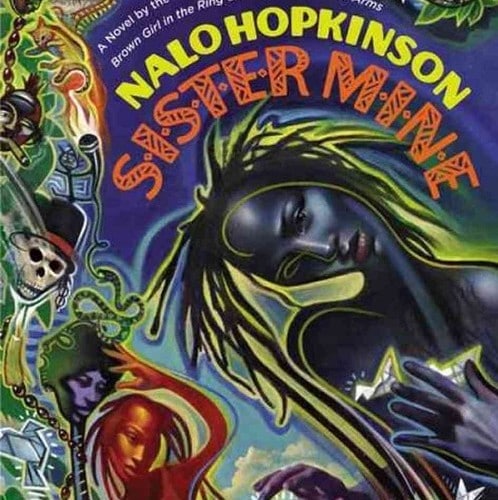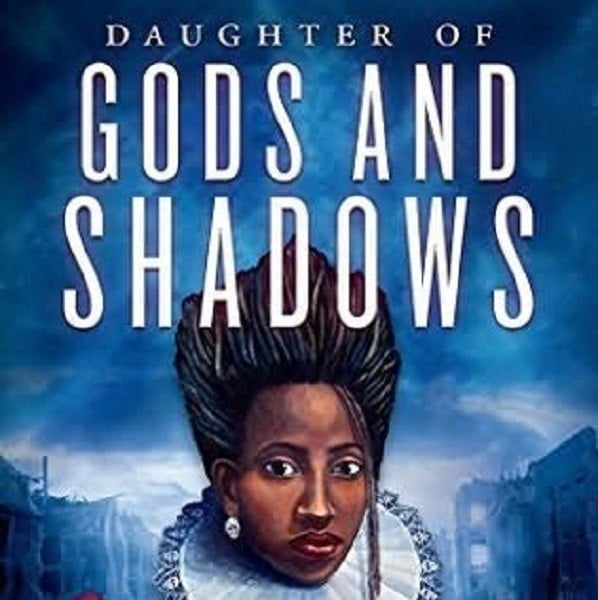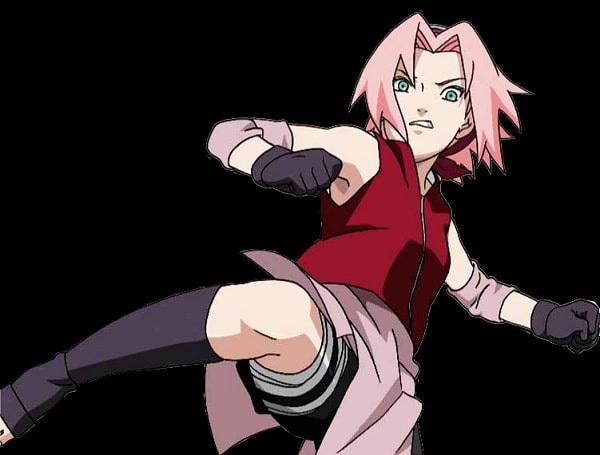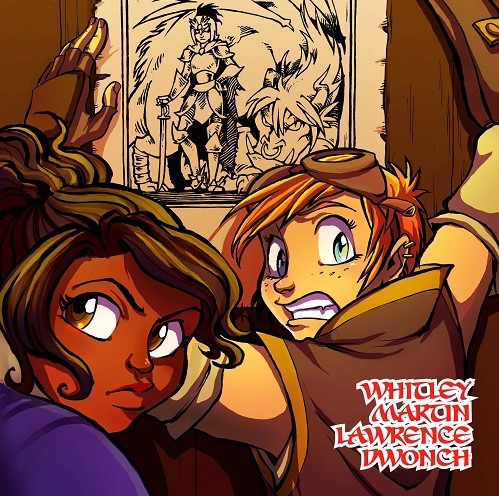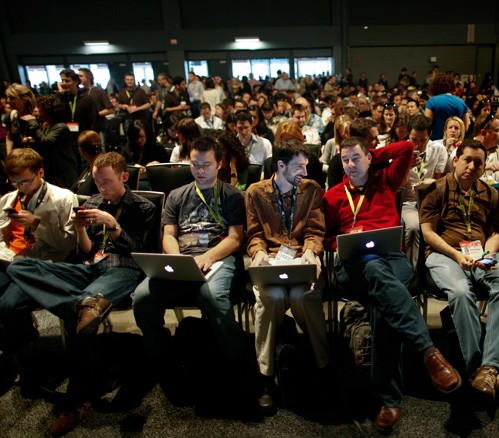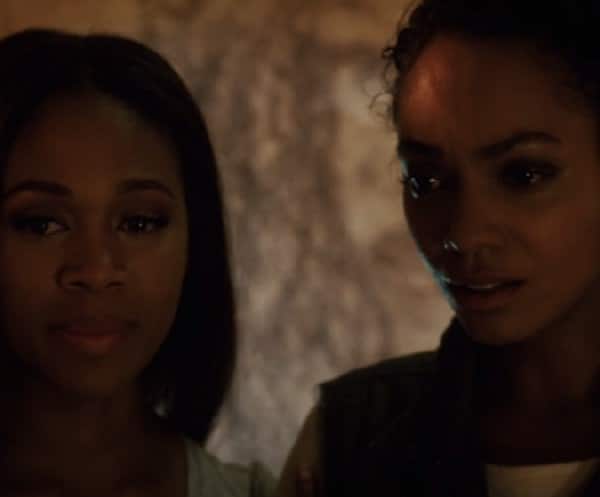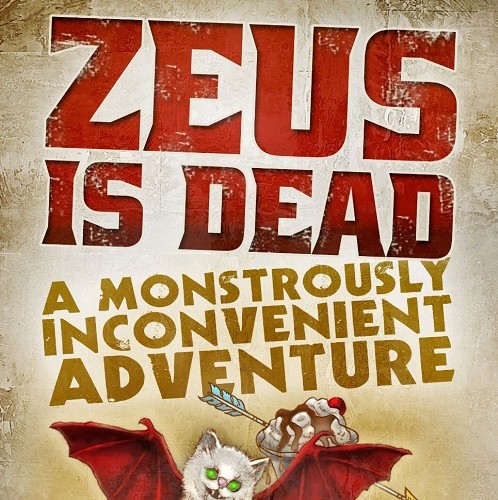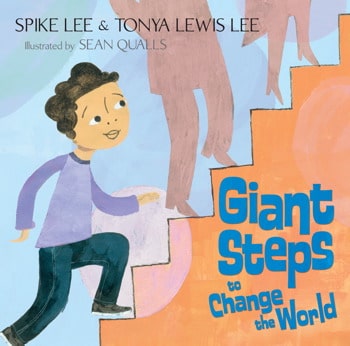In fourth grade, I was introduced to fantasy fiction through “The Harry Potter” series. I became a fan of the series when the fourth book was the latest book released. There was something irresistible about Harry’s world that I couldn’t explain. When I read the first three books, everything I read vividly appeared in my mind in bright colors. Once things got darker with the fourth books, the colors shone like stars in new characters and gave me hope for those I already knew.
I loved how Harry’s world painted my imagination with its characters and creatures. As I waited for the newest book in the series to be released, I decided to maintain that feeling by reading other fantasy series such as “Percy Jackson and The Olympians” and certain “Dragonlance” trilogies. Together with the “Harry Potter” series, these books painted my imagination into a lovely kaleidoscope and also sparked an interest in mythology and folklore.
For a while, race wasn’t an issue for me when it came to characters. I related to things that went beyond skin color, like Hermione’s brain and her being put down because of it. In high school, I realized I couldn’t find any characters of color I could relate to in contemporary teen fiction. Due to the lack of diversity in diverse characters, I looked to white characters even more.
After Harry’s adventures ended in my junior year of high school, I found one or two other series that I enjoyed. Then, I started to get bored with fantasy fiction. I was tired of the same old strong female characters and books with vampires, fairies and demons. After a while, even fantasy series I loved to reread also became boring.
I wanted something new, but wasn’t sure what it was. Then last year, I watched the animated series “W.I.T.C.H.” on YouTube and found myself relating to Taranee Cook, a Black female main character who could control fire. That’s when I realized that I wanted to read fantasy fiction with people of color.
On Goodreads, I requested fantasy fiction books written by African-American authors and ended up reading “Sister Mine” by Nalo Hopkinson. While it took me a few chapters to get into the book, I found myself experiencing the same thrill I got from reading the “Harry Potter” books. However, the lack of fantasy fiction by Black authors at my local libraries and my picky reading taste prevented me from finding more books.
Read More from Latonya Pennington: blackgirlnerds.com

